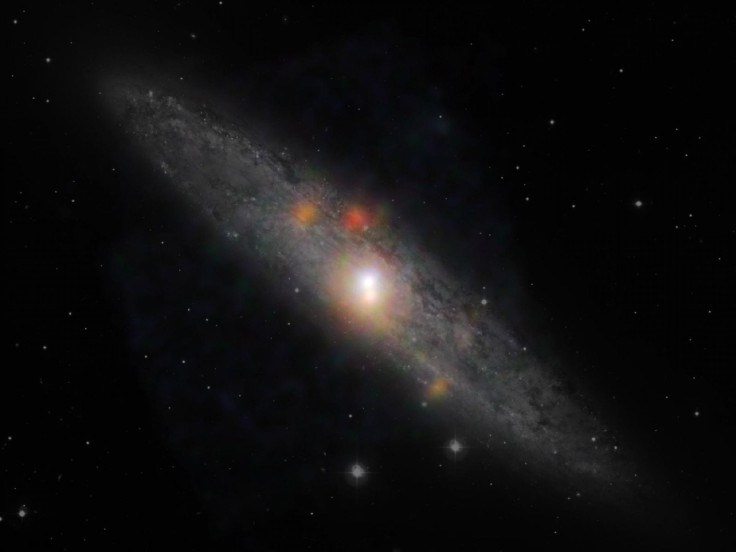Black Holes Have ‘Hair,’ Say Scientists: Wait, What? Explaining The Hairy New Developments

According to a new study, black holes may have “hair.” Not actual hair, mind you -- in fact, the term was chosen by scientists to poke fun at a previous conclusion that identified a black hole’s physical traits.
Researchers from the International School of Advanced Studies (SISSA), Trieste, and IST, Lisbon, believe there should be some changes in the traditional models used to define black holes. According to their research published in the journal Physical Review Letters, black holes are defined by two properties, mass and angular momentum, and they are virtually identical in terms of appearance.
According to Thomas Sotiriou, from SISSA Trieste, "hair" was the term used in response to a statement made by John Wheeler, a theoretical physicist who died in 2008 and is credited for coining such ideas as the “black hole,” the “wormhole” and the “no-hair” theorem.
According to Wheeler’s theorem, black holes had no distinguishing physical features and can be defined only by their mass, angular momentum and charge. Two black holes with the same mass, angular momentum and charge could, in theory, be made up of totally different matter, but to observers outside of the event horizon, otherwise known as “the point of no return,” they are completely identical.
Sotiriou and his team performed a series of calculations that indicate a black hole’s classification may not be as simple as Wheeler had theorized, and that black holes may, in fact, have hair, or different traits that can be identified. “This is why we have carried out a series of new calculations that enabled us to focus on the matter that normally surrounds realistic black holes, those observed by astrophysicists," the team wrote. "This matter forces the pure and simple black hole hypothesized by Kerr to develop a new ‘charge’ (the hair, as we call it) that anchors it to the surrounding matter, and probably to the entire universe.”
The researchers say the “bald” theory, first explained by Roy Kerr, works with Einstein’s theory but may not be consistent with scalar-tensor theories, the name given to recent extensions of Einstein’s theory that include a scalar field and a tensor field. These fields interact and cause gravity to become variable, Universe Today noted.
The new calculations are just a beginning, Sotiriou said, and new data will be needed to test the new theory. Also according to Sotiriou, interferometers, which are used to record gravitational waves, may be used to measure the gravitational wave associated with this charge. “The growth of the black hole’s hair is accompanied by the emission of distinctive gravitational waves," Sotiriou wrote. "In the future, the recordings by the instrument may challenge Kerr’s model and broaden our knowledge of the origins of gravity."
© Copyright IBTimes 2024. All rights reserved.






















